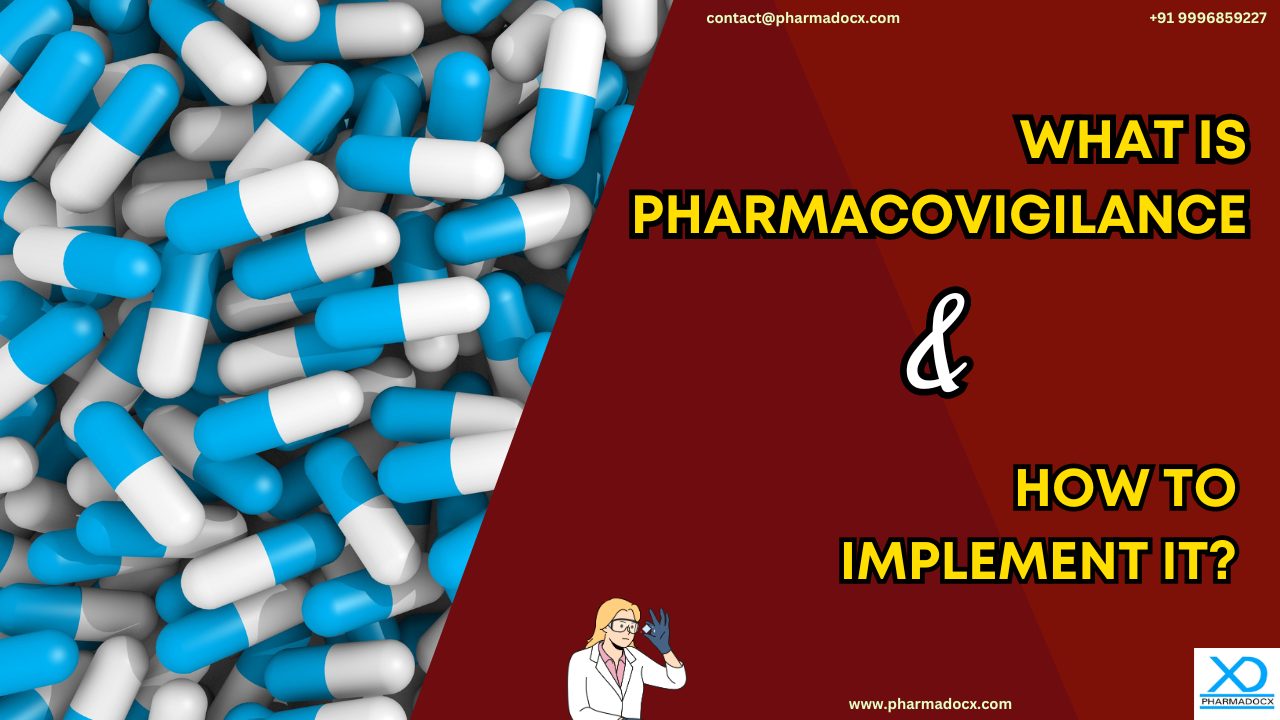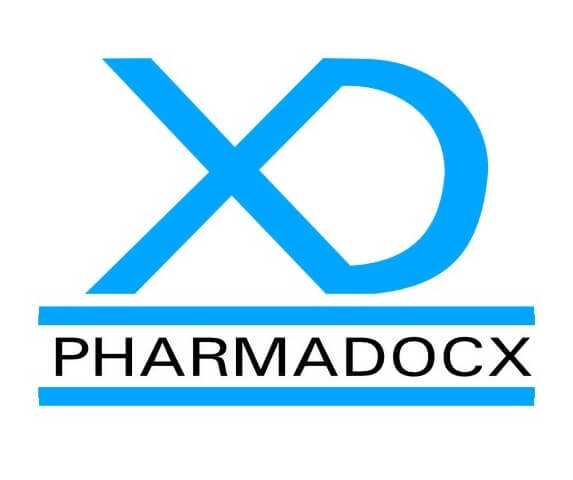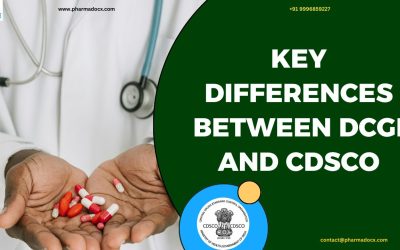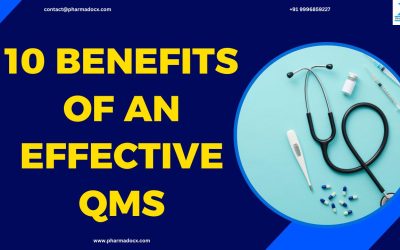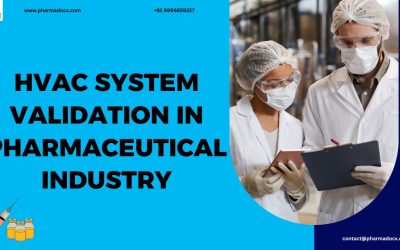Medicines and other healthcare products form the core of the healthcare industry and improve the quality of life of patients. Pharmaceuticals are used to treat, mitigate, and prevent diseases or disorders. However, pharmaceuticals may cause undesirable or unintentional effects. Furthermore, these unexpected adverse effects can be detrimental and even fatal. Hence, pharmacovigilance in pharmaceutical industry is required to determine adverse events for ensuring patient safety.
Prior to releasing medicines and vaccines in the market, clinical trials are always performed to rigorously test them for safety and efficacy. During clinical trials, pharmaceuticals are evaluated in a small population of individuals for a short period of time. However, certain undesirable side effects may arise only when these are used by a heterogenous population over a long-time period. This is where the need for pharmacovigilance arises. In this blog, we have detailed what is pharmacovigilance and its importance. Additionally, we have focused on how to implement pharmacovigilance in pharmaceutical industry.
What is an adverse event?
Adverse event is any drug/candidate molecule-induced reaction in a patient’s body. Adverse events can have serious life-threatening side effects. These effects can cause hospitalisation, permanent damage, or even be fatal. Clinical researchers and investigators are mandatorily required to report adverse events.
What is pharmacovigilance?
Pharmacovigilance is a vital process assessing the safety, efficacy, and quality of medicines and other health products. Additionally, it evaluates their benefits and risks. It is the science of detecting, assessing, and understanding adverse effects of medicines and vaccines. The findings can be used to minimize harmful effects and maximize benefits. The goal of this process driven method is to identify, prevent, and monitor adverse events.
Pharmacovigilance has multiple phases focusing on the different stages of drug development. It covers all aspects from research and development, manufacturing, and distribution to post-marketing. Regulatory guidelines and standards, presenting the requirements and responsibilities, are in place for each phase of pharmacovigilance. In short, pharmacovigilance aims to identify which adverse events outweigh the drug’s benefits and efficacies.
Phases of pharmacovigilance in pharmaceutical industry
Each pharmacovigilance phase has its importance and relevance. Furthermore, each of them is vital for patient safety.
- Pre-clinical pharmacovigilance phase: In this phase, potential risks associated with the pharmaceuticals are identified and evaluated. This phase usually involves animal testing. Moreover, this phase is performed prior to approval of the pharmaceutical for use by regulatory bodies.
- Clinical pharmacovigilance phase: In this phase, clinical trials are performed. The safety and efficacy of drugs are evaluated in a controlled setting. This phase is carried out before a medicine is approved for use.
- Post-marketing pharmacovigilance phase: In this phase, the long-term safety of a medicine is monitored. Voluntary reporting of adverse events by patients and healthcare professionals is a part of this phase. This phase is after the drug has been approved for use and is made available in the market.
Main pillars of pharmacovigilance
- Operations: The operations team members collect data from preclinical phase, clinical trials, and real-world evidence of adverse events reported post-marketing. Additionally, they create standard operating procedures (SOPs). Furthermore, the operations team also collates individual case study reports and carries out literature screening.
- Surveillance: The surveillance team members analyse the data collected. They write the development safety update reports for drugs in clinical research and periodic benefit risk evaluation reports for drugs already marketed. The findings of these reports and analyses are used to understand the safety and efficacy of the pharmaceuticals.
- Systems: The robust pharmacovigilance system contains all the safety data collected by the operations team. The data stored has to be constantly updated per the latest developments and changes in regulatory guidelines.
- Qualified person for pharmacovigilance (QPPV): These professionals are highly experienced subject matter experts. They deal with drugs about to be authorised for release in the market. Additionally, they advise the company regarding the regulations and regulatory requirements.
The need for pharmacovigilance in pharmaceutical industry
By constantly tracking and monitoring adverse events, pharmacovigilance helps determine potential safety issues associated with drugs. Corrective actions and measures can be implemented to curb the safety issues. Hence, pharmacovigilance in pharmaceutical industry is essential because it helps ensure that medicines and other healthcare products are safe for patients.
Why is pharmacovigilance important?
- Protection of public health and patient safety by preventing drugs associated with adverse effects from entering the market. Drug-induced adverse effects can lead to morbidity and mortality, which is an additional burden to the healthcare system.
- Compliance with drug safety standards, regulations, and other regulatory requirements.
- Making healthcare professionals and patients aware of the indications, contraindications, doses, administration routes, and side effects. Additionally, pharmacovigilance findings can be used to educate healthcare professionals and patients regarding the measures to be taken in case of adverse events.
- By providing information on effectiveness, safety, and side effects of drugs, pharmacovigilance contributes to continuous drug development and innovation. The research and development sector can further improve the drugs based on the adverse effect findings for the drug.
- Identification of any potential issues associated with a drug that could lead to its abuse.
- Detection of potential adverse effects before they cause severe injury or even death. This can be used to take preventive measures and protect the company from product liability lawsuits.
- Obtaining a clear picture of the drug’s safety profile. This information can be used to make informed decisions when prescribing medications.
When a new drug or therapy is being studied and introduced to the market, pharmacovigilance has a vital role. Any potential adverse effects associated with the drug can be identified and monitored. Furthermore, new side effects may emerge even after the drug has been released in the market. Thus, continuous monitoring of the drug for any undesirable side effects post market release is essential.
How to implement pharmacovigilance in pharmaceutical industry?
Various steps are involved in the pharmacovigilance process. The following steps will help effectively implement pharmacovigilance in pharmaceutical industry:
- Using information from patient/doctor’s reports, clinical and epidemiological studies, and scientific literature, data on adverse events needs to be collected.
- Statistical, epidemiological, and pharmacological methods are required to analyse the adverse events data. The analysis should be aimed at identifying trends, risk factors, severity, frequency, and impact of the adverse events.
- The findings of the analysis should be clearly communicated to the consumers via reports, newsletters, alerts, notifications, and publications. The adverse events and counter measures to be taken should be communicated to healthcare professionals, patients, authorities, and regulatory bodies.
- The adverse event analysis data should be used to understand whether the medicines are fulfilling their objectives. Parameters, such as such as benefit/risk, cost/effectiveness, and quality of life need to evaluated. Additionally, the data should be used to check whether there is a need for improvements in these medicines.
- It is vital to consistently monitor the data collected and understand the pattern of events.
- Corrective actions and measures need to be effectively implemented to curb the adverse effects. These are required to prevent problems from occurring or recurring. Corrective actions may involve changes in formulation, packaging, labelling, dose, administration route, indication, contraindication, and warnings. Additionally, actions may also involve modifications in pharmacovigilance protocols, such as methods, tools, criteria, indicators, aims, and standards.
Pharmacovigilance requires collaboration between the pharma company and consumers and regulatory authorities. Inputs on adverse events that occur after using drugs are required from patients, medical professionals, health authorities, and regulatory bodies.
Pharmacovigilance has a vital role in improved patient safety and outcome
Pharmacovigilance in pharmaceutical industry is an umbrella term for various steps used to monitor drug safety. It is challenging requiring planning, organization, management, and continuous improvement. Moreover, collection and analysis of information on adverse events forms the core of this vital process of the pharmaceutical industry. Additionally, pharmacovigilance is critical for regulatory compliance. Understanding the applicable regulatory guidelines is not an easy task. Fret not! Our team of experts will help you easily navigate through the process. Simply call/Whatsapp on 9996859227 or drop an email at [email protected].

